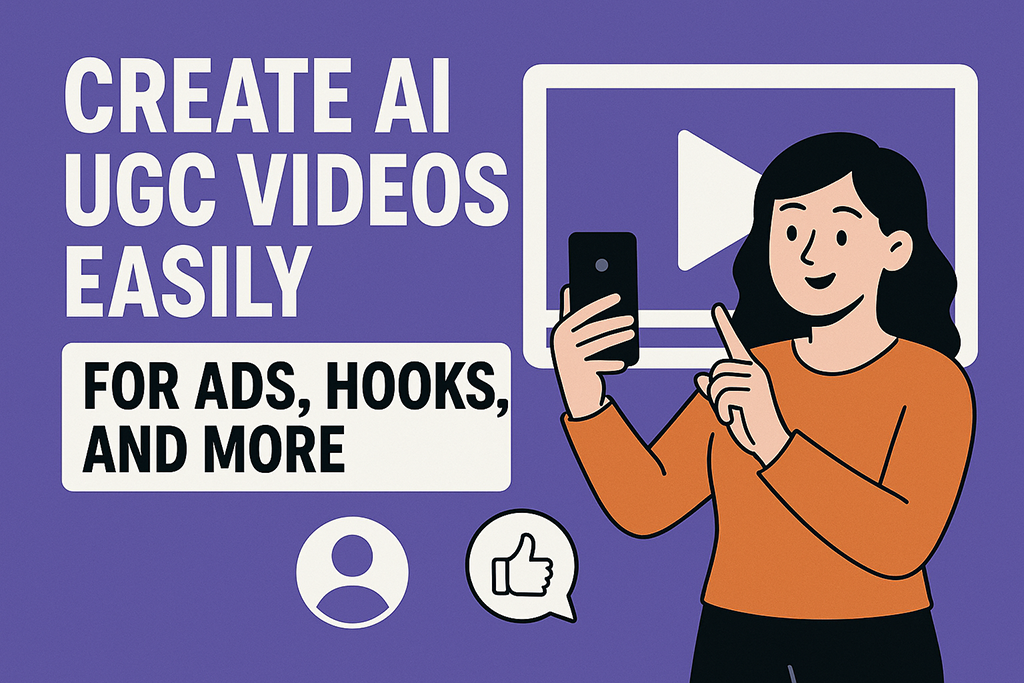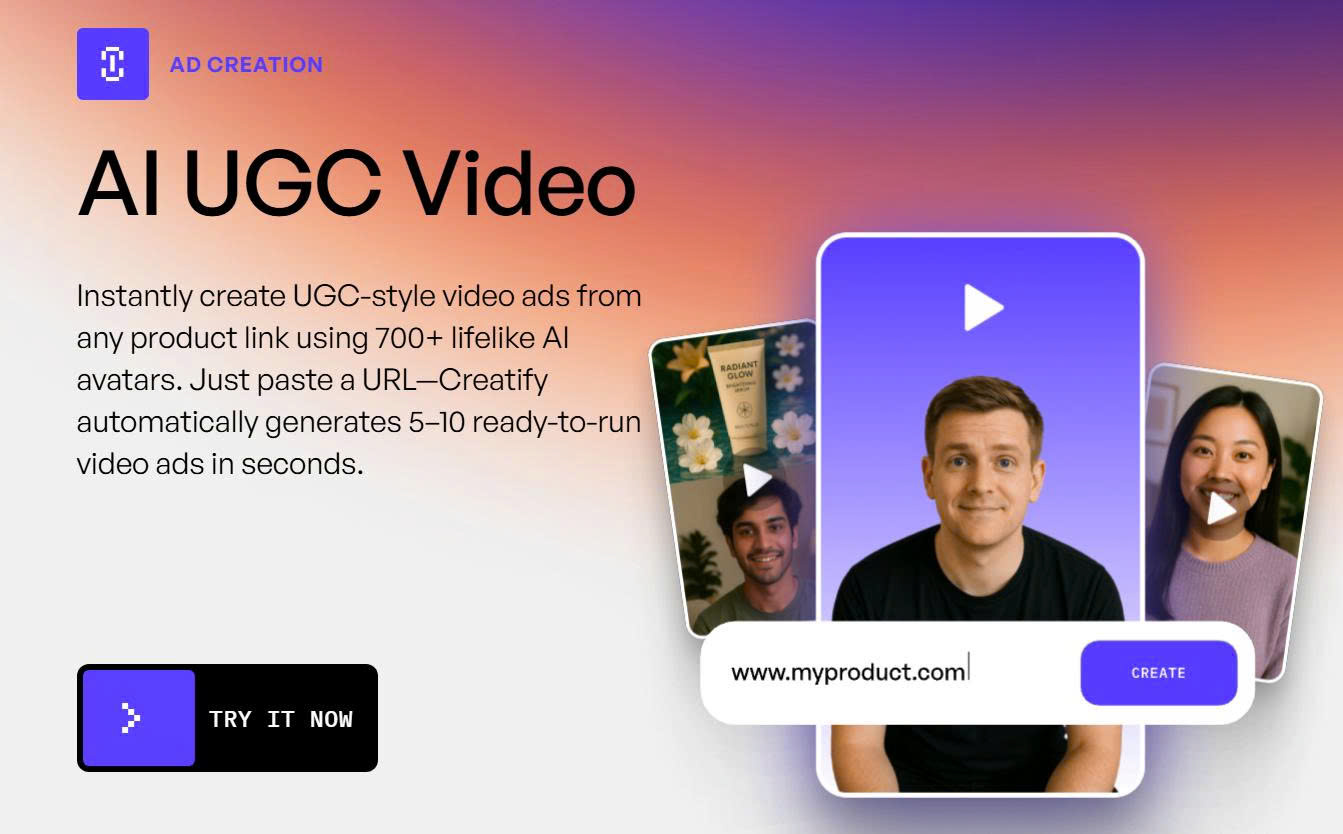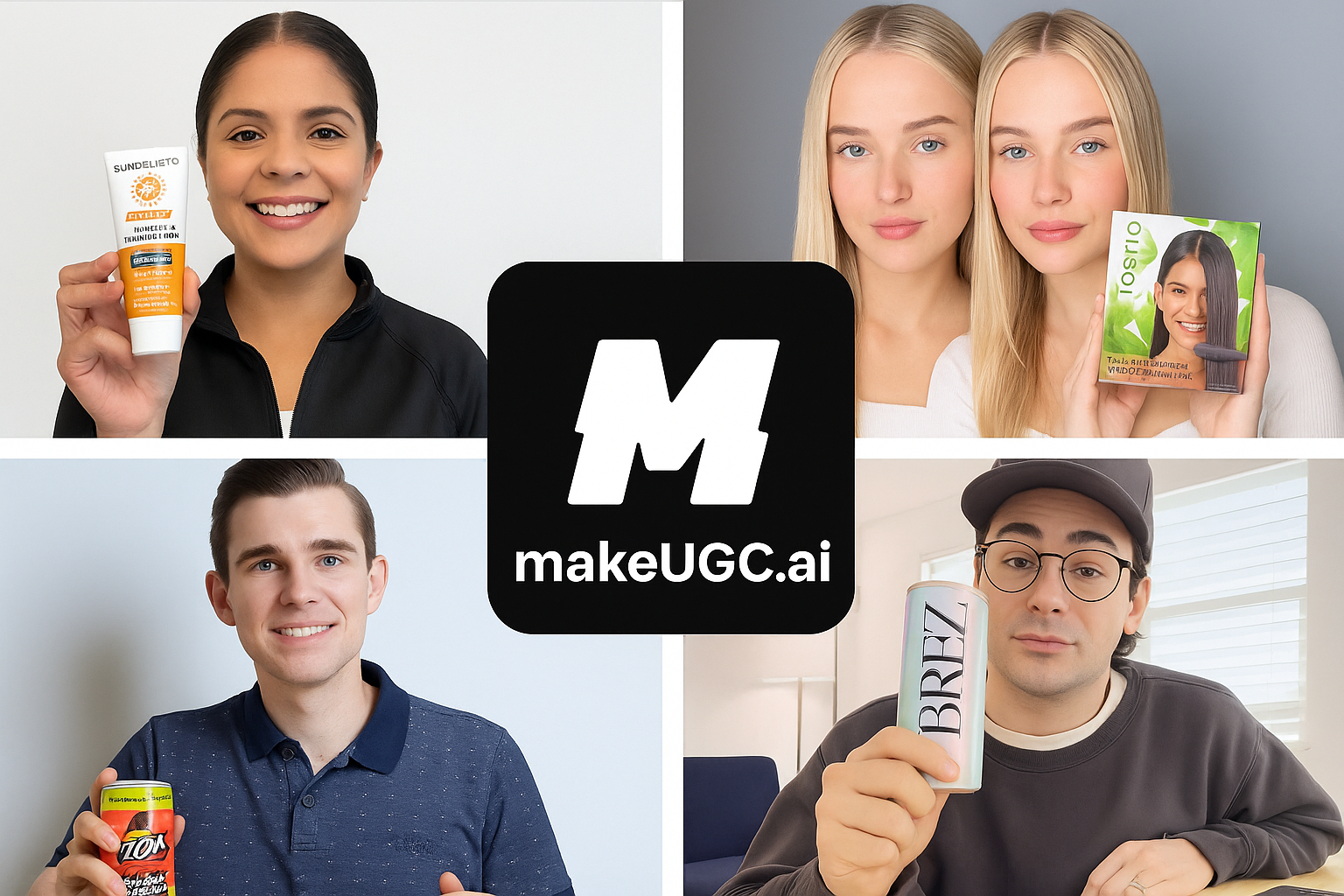
What is UGC?
User-generated content (UGC) is transforming the way brands connect with their audiences. But what is UGC, and why has it become a cornerstone of modern digital marketing? UGC refers to any content—text, images, videos, reviews, or social media posts—created by users, customers, or fans rather than brands or companies. This authentic, organic content reflects real experiences and opinions, making it a powerful tool for building trust, boosting engagement, and enhancing SEO. In this article, we’ll explore what UGC is, its benefits, examples, and how businesses can leverage it effectively.
What is UGC and How Does It Work?
At its core, UGC is content produced voluntarily by individuals, typically shared on platforms like Instagram, TikTok, YouTube, X, or e-commerce review sections. Unlike branded content, UGC is unpolished and genuine, which is why it resonates deeply with audiences. Examples of UGC include:
– A customer sharing a photo of their new sneakers on Instagram with a branded hashtag.
– A detailed product review on Amazon or a brand’s website.
– A TikTok video showcasing a creative way to use a product.
– A blog post or tweet discussing a personal experience with a service.
UGC works because it taps into the power of peer recommendations. Consumers are more likely to trust content from fellow users than polished ads. Brands encourage UGC by launching campaigns, such as asking users to share content with a specific hashtag, hosting contests, or featuring user posts on their official channels. This creates a cycle of engagement, where users feel valued, and brands gain authentic content to amplify their message.
Why is UGC Important for Brands?
UGC is a game-changer for businesses across industries. Here’s why:
1. Authenticity and Trust: Studies show that consumers trust UGC 50% more than branded content. Real user stories and visuals feel relatable and credible, influencing purchasing decisions.
2. Cost-Effective Marketing: Creating high-quality content can be expensive. UGC allows brands to access a steady stream of free or low-cost content generated by their audience.
3. Boosts Engagement: UGC fosters a sense of community. When users see their content featured by a brand, they’re more likely to engage and share, creating a ripple effect.
4. SEO Advantages: UGC like reviews, comments, or Q&A sections adds fresh, keyword-rich content to websites, improving search engine rankings. For example, using the keyword “what is UGC” in user reviews can enhance visibility on Google.
5. Social Proof: UGC serves as evidence that real people use and love a product, reassuring potential customers and reducing purchase hesitation.
Examples of UGC in Action
To better understand what UGC is, let’s look at real-world examples:
– Starbucks’ #RedCupContest: Every holiday season, Starbucks encourages customers to share creative photos of their red holiday cups on social media. The campaign generates thousands of UGC posts, amplifying brand visibility.
– GoPro’s User Videos: GoPro thrives on UGC by showcasing customer-created videos captured with their cameras. These authentic clips highlight the product’s capabilities while inspiring others to create content.
– Amazon Reviews: Customer reviews and photos on Amazon product pages are a form of UGC that heavily influences buyer decisions.
– Beauty Brands on TikTok: Brands like Fenty Beauty encourage users to post makeup tutorials using their products, creating viral UGC that drives sales.
How to Encourage UGC for Your Brand
To harness the power of UGC, brands need to inspire and motivate their audience. Here are actionable strategies:
1. Launch Creative Campaigns: Create fun, shareable campaigns like photo contests or hashtag challenges. For example, a fitness brand could ask users to post workout videos with #FitWithUs.
2. Offer Incentives: Reward users with discounts, free products, or shoutouts for sharing content. This encourages participation while fostering loyalty.
3. Make It Easy: Provide clear instructions on how users can contribute. For instance, create a dedicated landing page explaining how to submit UGC.
4. Showcase User Content: Feature UGC on your website, social media, or email campaigns. This not only validates users but also inspires others to participate.
5. Engage Actively: Respond to UGC with likes, comments, or reposts to show appreciation and build a community.
Challenges of UGC and How to Overcome Them
While UGC is powerful, it comes with challenges. Negative reviews or inappropriate content can harm a brand’s reputation. To mitigate this, brands should:
- Monitor UGC regularly to ensure it aligns with their values.
- Set clear guidelines for submissions, such as prohibiting offensive content.
- Respond professionally to negative feedback, turning it into an opportunity to showcase excellent customer service.
Additionally, brands must respect user rights by seeking permission before reposting UGC and giving proper credit.
The Future of UGC
As digital platforms evolve, UGC will continue to shape marketing strategies. With the rise of AI, brands can analyze UGC to gain insights into customer preferences. Short-form video platforms like TikTok and Instagram Reels will further amplify UGC’s reach, while immersive technologies like AR and VR may introduce new forms of user-generated experiences.
Conclusion
So, what is UGC? It’s more than just content—it’s a bridge between brands and their audiences, built on authenticity and trust. By understanding what UGC is and implementing strategies to encourage it, businesses can enhance engagement, boost SEO, and create meaningful connections with customers. Whether you’re a small startup or a global brand, UGC is a cost-effective, impactful way to stand out in a crowded digital world. Start leveraging UGC today and watch your brand thrive.






Leave a Reply